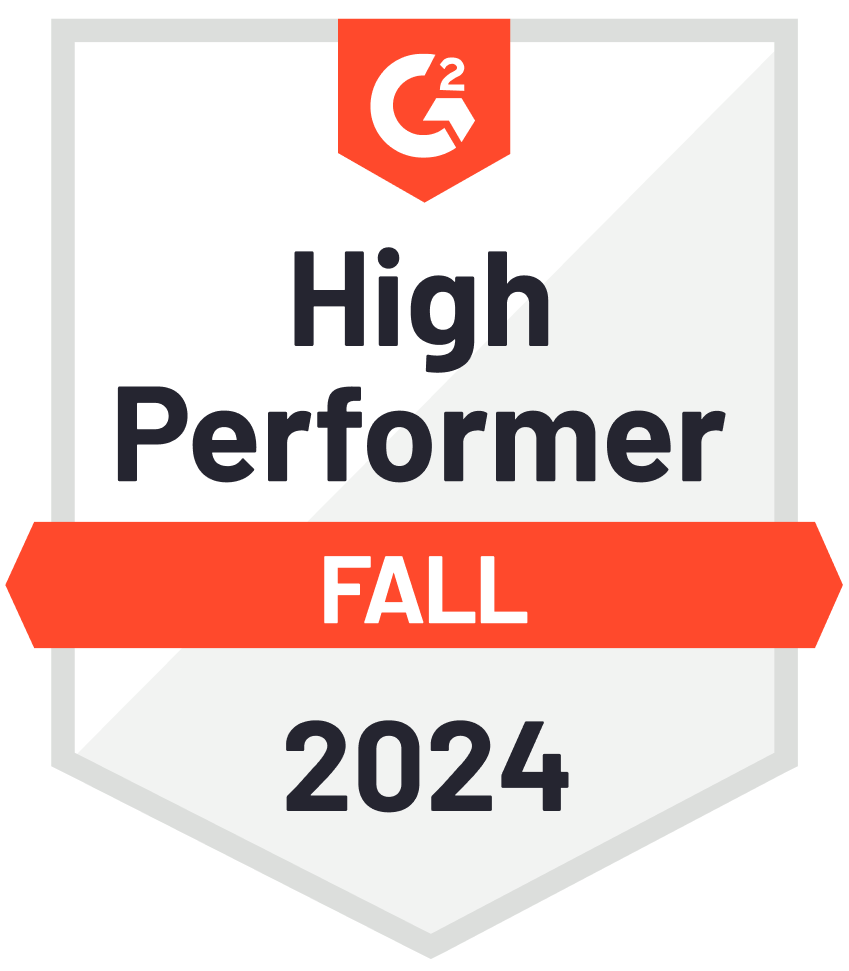Frequently Asked about Data Analyst
What key qualities should employers look for in a Data Analyst?
Employers should look for a combination of strong technical skills and critical thinking abilities in a Data Analyst.
A successful Data Analyst must be proficient in working with large datasets, using tools such as SQL, Excel, Python, or R, and be comfortable performing statistical analyses. They should also possess strong problem-solving skills and the ability to interpret complex data sets to provide actionable insights.
Additionally, communication is key. Analysts need to present their findings clearly to non-technical stakeholders, so the ability to create effective visualizations and explain technical concepts in layman’s terms is crucial.
A good Data Analyst will also have attention to detail and a high degree of accuracy to avoid costly errors in data reporting and interpretation.
How does a Data Analyst contribute to the overall success of a business?
Data Analysts play a pivotal role in driving data-informed decision-making, which can significantly impact business outcomes.
By analyzing trends, identifying patterns, and providing insights from data, they help organizations optimize processes, enhance customer experiences, and make strategic decisions.
For instance, they may identify inefficiencies in operations, analyse customer behavior to boost marketing efforts, or forecast future business trends to guide long-term planning.
Their insights can lead to cost savings, increased revenue, and improved performance across departments. In today’s data-driven world, a skilled Data Analyst can help an organization gain a competitive edge by ensuring decisions are based on reliable, up-to-date data rather than guesswork.
What is the difference between a Data Analyst and a Data Scientist?
While both roles work with data, there are key differences in their focus and responsibilities.
Data Analysts are typically more focused on analyzing existing data to find trends, answer business questions, and create reports for decision-making. They usually work with structured data and use tools like SQL, Excel, and visualization software to present their findings.
On the other hand, Data Scientists have a broader scope. They work with both structured and unstructured data and use more advanced techniques like machine learning, predictive modeling, and artificial intelligence.
Data Scientists often build algorithms and models to predict future trends and provide deeper insights that require more complex data manipulation. While Data Analysts focus more on understanding past and present data, Data Scientists focus on predicting future outcomes.
What challenges do Data Analysts commonly face, and how can employers help mitigate them?
One common challenge Data Analysts face is working with incomplete or messy data, which can lead to inaccurate analysis if not handled properly.
To mitigate this, employers can ensure that data collection processes are streamlined and that teams are trained on proper data entry methods. Another challenge is the communication gap between technical teams and business stakeholders.
To bridge this gap, employers can encourage cross-departmental collaboration and provide Data Analysts with opportunities to present their findings to a variety of audiences.
Lastly, Analysts often face pressure to deliver insights quickly. Employers can help by ensuring they have access to the right tools and resources to perform their analyses efficiently, such as advanced data visualization software, cloud-based storage systems, and continuous training on new technologies and best practices.







